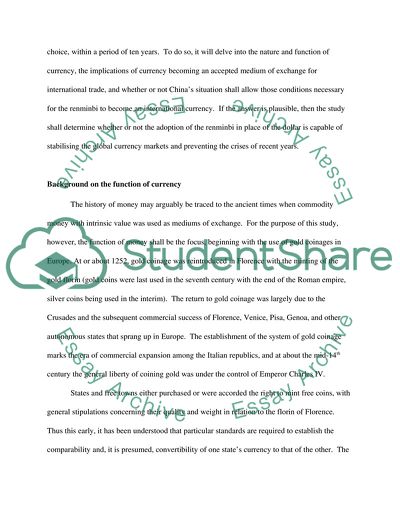Cite this document
(The Yuan as International Currency Research Paper, n.d.)
The Yuan as International Currency Research Paper. Retrieved from https://studentshare.org/macro-microeconomics/1747537-economy
The Yuan as International Currency Research Paper. Retrieved from https://studentshare.org/macro-microeconomics/1747537-economy
(The Yuan As International Currency Research Paper)
The Yuan As International Currency Research Paper. https://studentshare.org/macro-microeconomics/1747537-economy.
The Yuan As International Currency Research Paper. https://studentshare.org/macro-microeconomics/1747537-economy.
“The Yuan As International Currency Research Paper”, n.d. https://studentshare.org/macro-microeconomics/1747537-economy.


